 Common Crane (Grus grus). Oliva de Plasencia, Cáceres. 30-08-2010 (J. L. Rivero/Objetivo Verde)
Common Crane (Grus grus). Oliva de Plasencia, Cáceres. 30-08-2010 (J. L. Rivero/Objetivo Verde) Ever since the end of summer the first winter visitors have been trickling in to Extremadura. This
invasion has picked up pace since early October and by now skylarks, meadow pipits, robins, lapwings and red kites are daily sightings just about everywhere. The real red-letter moment of winter arrivals, however, is always the first Common Crane (
Grus grus), without doubt one of Extremadura's flagship winter visitors.
The first recorded cranes were the 13 seen flying over Trujillo on 9 October (M. Kelsey). But the first real sign of a mass influx was the sudden appearance of 3000 cranes in the Aragón lake of Gallocanta on the 12th, many of which flew off southwards on the morning of the 13th with other groups moving in to replace them (J. Mañas).
They didn't take long to get to Extremadura. On the morning of this same day, the 13th, a flock of 18 was seen in Oliva de Plasencia (R. Montero) and 56 in the central zone (M. Gómez Calzado). On the following days they turned up in many places: 26 over Casas de Miravete (G. Naharro) and 21 in Navas del Madroño on the 14th (G. Schreur and J. Tarriño), 36 on passage over Plasencia (J. Prieta) and 30 in Gabriel y Galán (A. Pacheco) on the 15th, etc. The numbers are now going from strength to strength: by
the 14th there were 1200 in the central zone (M. Gómez Calzado),
1000 in Santa Amalia on the 15th (Á. Sánchez)
and thousands in Los Canchales on the 16th (A. Matador). In short, an appreciable arrival of birds spread throughout all their traditional wintering areas.
Manolo Gómez Calzado tells us in his blog, dealing almost exclusively with cranes, that their average arrival date in central Extremadura has moved forward about two weeks over the last 20 years. We've checked the Extremadura birdwatching yearbooks to see if the same thing has happened in the region as a whole but no arrival dates were recorded until 2000. From then on, however, the dates have changed little, with the main arrival around 15 October and a few forerunners in the last days of September. It is sad to note that until recently there was so little interest in recording and communicating such a striking event.
These checks of the yearbooks from 1998-2008 did have a serendipitous result, however. They served to confirm that there were no previous records of
cranes oversummering in Extremadura, something that has in fact occurred
in various sites in 2010. One example has already been mentioned on several occasions in this blog (sightings of June and August): a 2nd-year bird present in
Oliva de Plasencia at least from 12 June to early October and seen by numerous birdwatchers (R. Montero, S. Mayordomo, J. Prieta, J. L. Rivero, E. Palacios, J. C. Paniagua, et al; top photo). Another was seen on 22 June in the reservoir of
Los Canchales (T. Álvarez in Quercus 294:47), where it was still around on 18 September (Á. Sánchez). And apparently another two cranes oversummered around the
reservoir of Orellana (M. Gómez Calzado) and three more in Gallocanta, Aragón (J. Mañas). In previous years there were records of cranes in Extremadura in spring and summer, at times until August, never in September. It was always mooted that these were sick birds unable to migrate. But we can confirm here that the first two abovementioned birds in summer 2010 seemed to be in perfect nick.
reade more...
Résuméabuiyad
![[IMG_0678[5].jpg]](http://lh4.ggpht.com/_N-Y1wlXGEnE/S9CBExYwqNI/AAAAAAAACwY/p-eo8w6Uie4/s640/IMG_0678%5B5%5D.jpg)

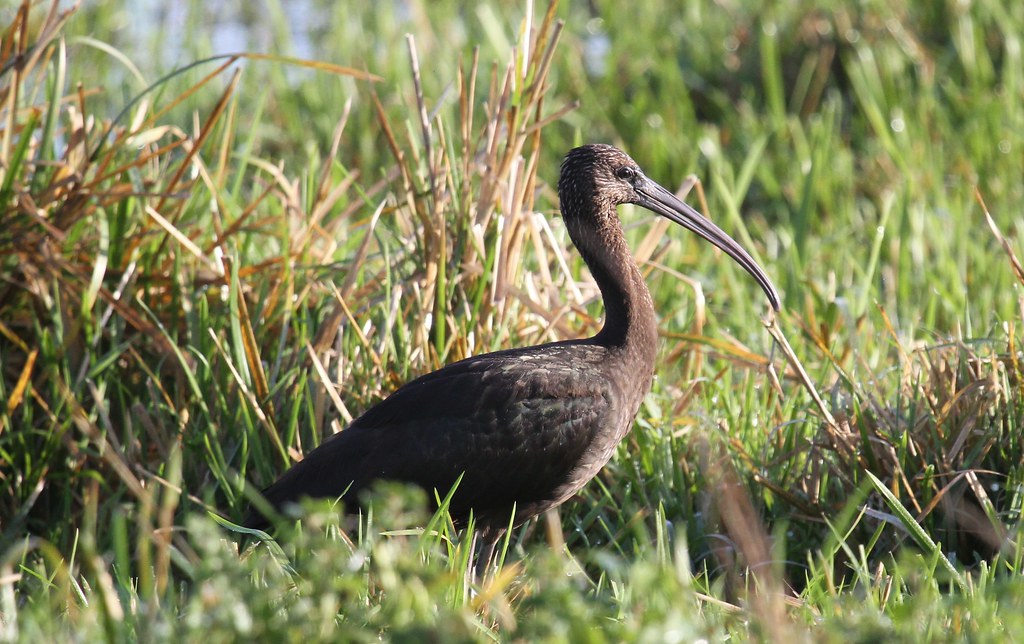

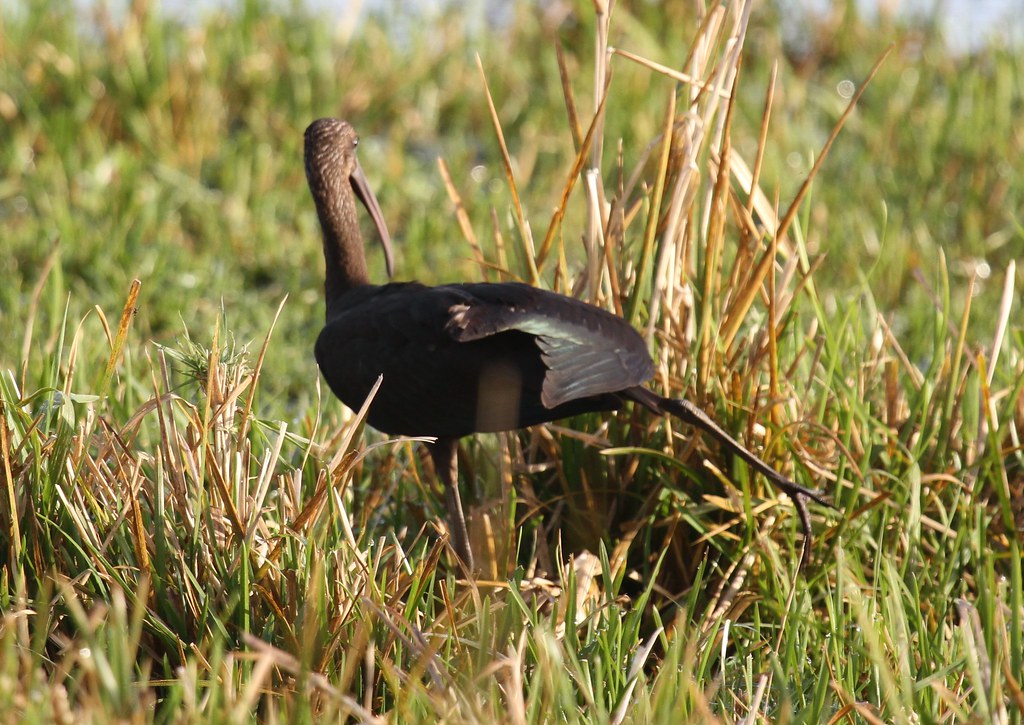
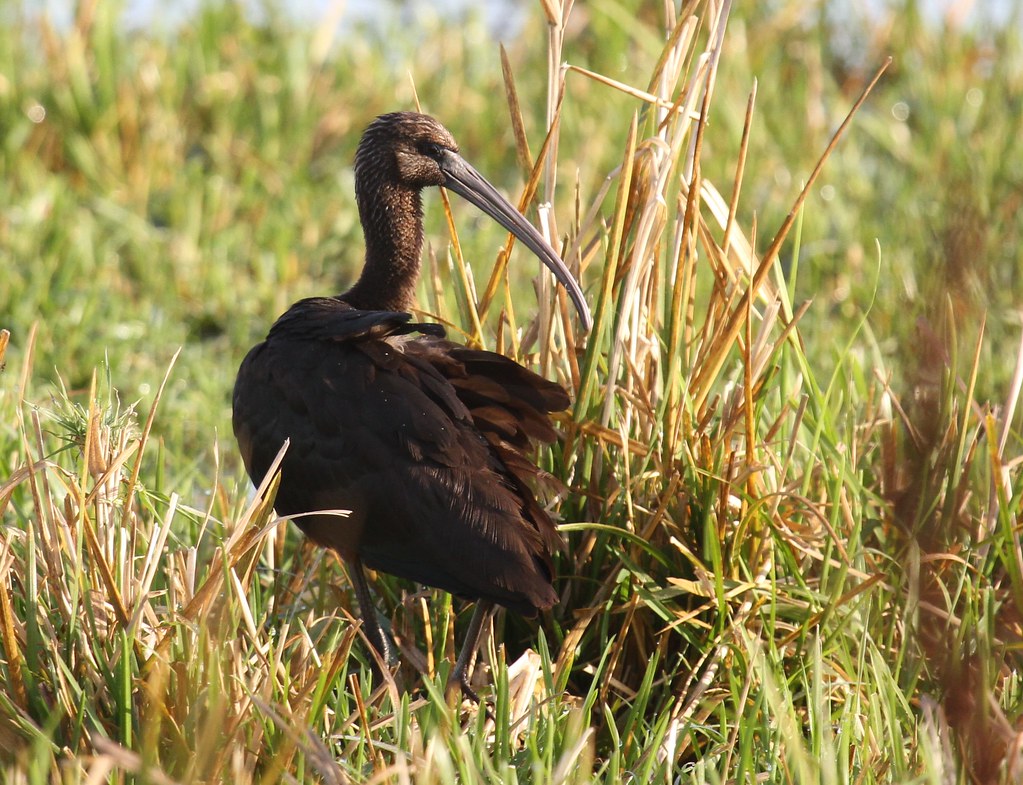
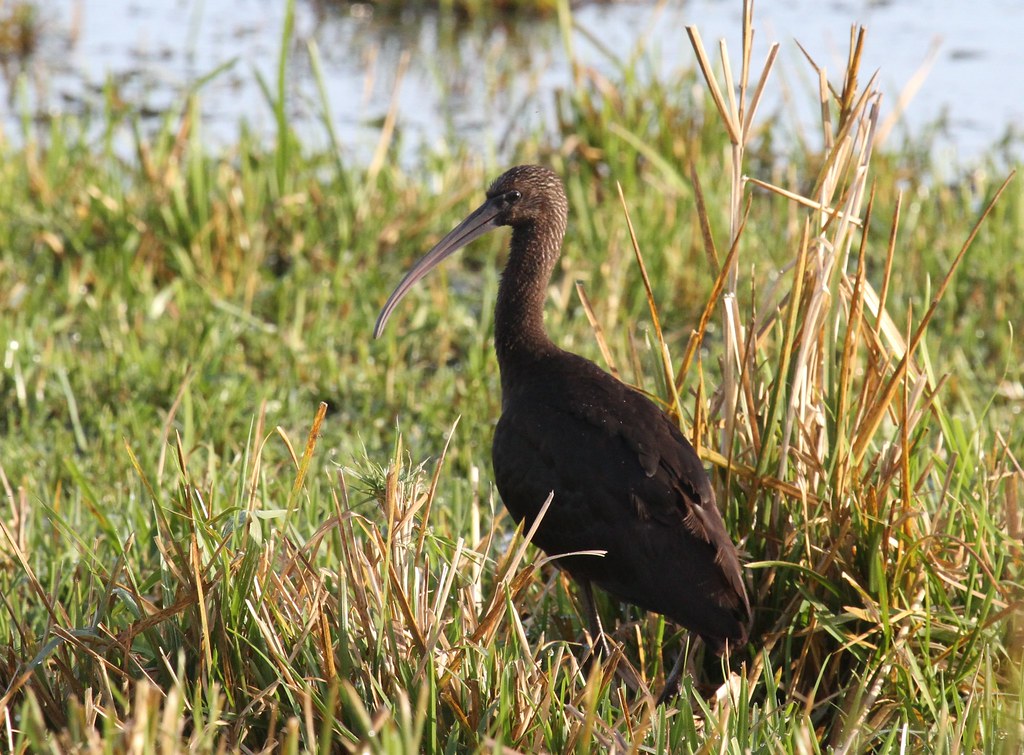

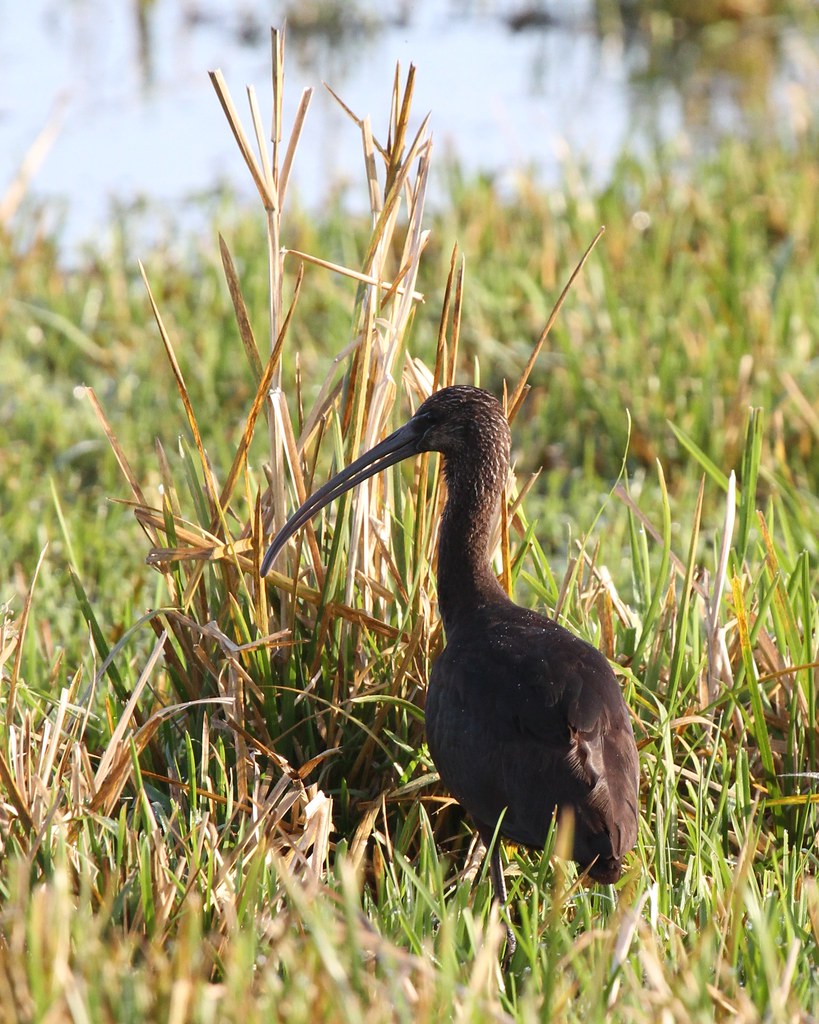


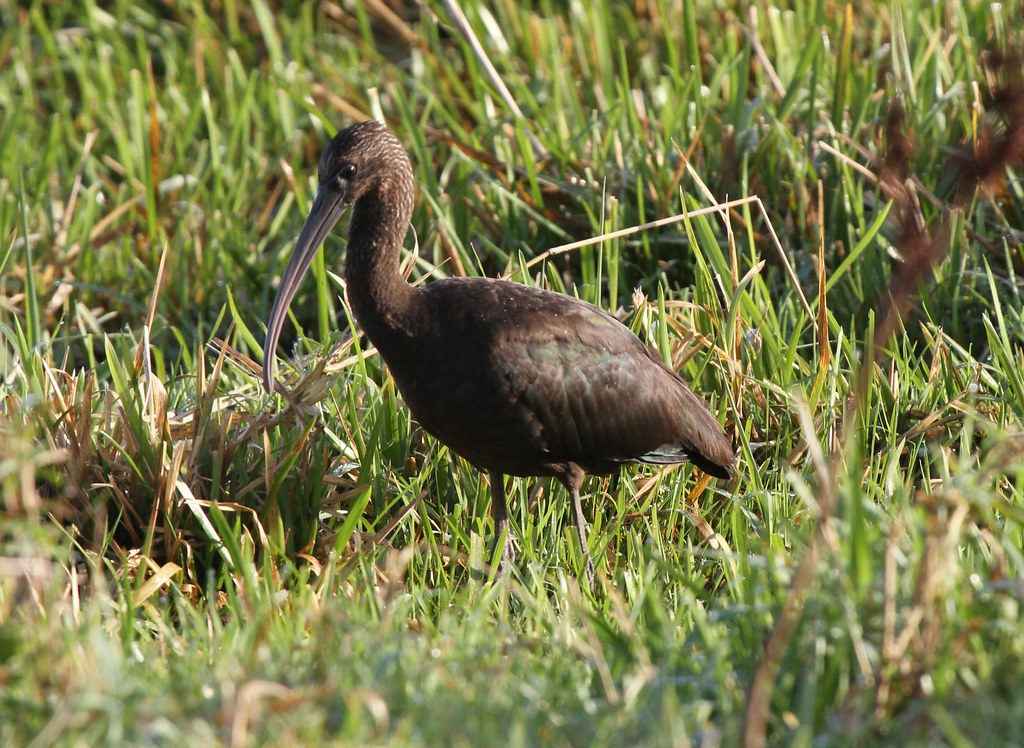
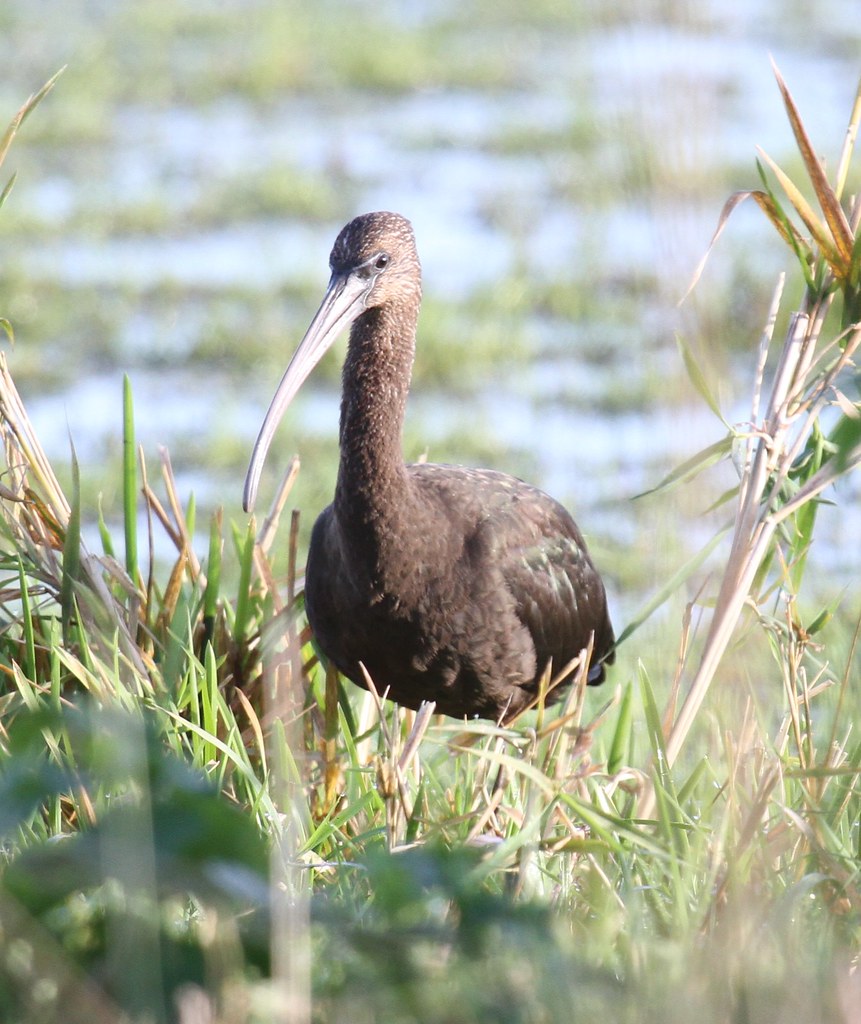
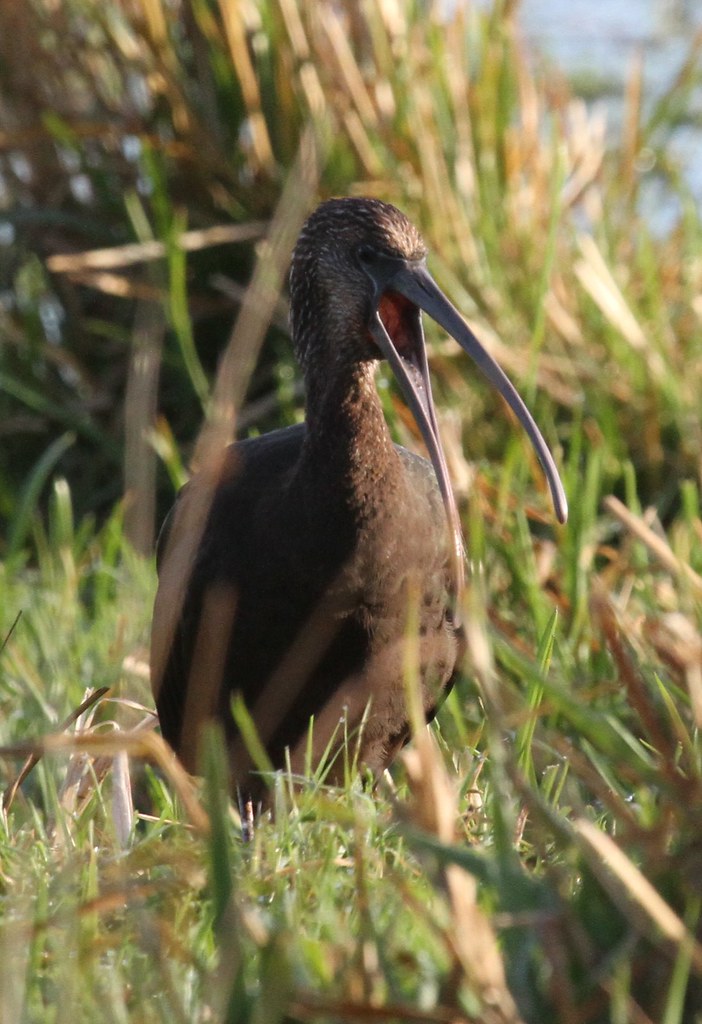
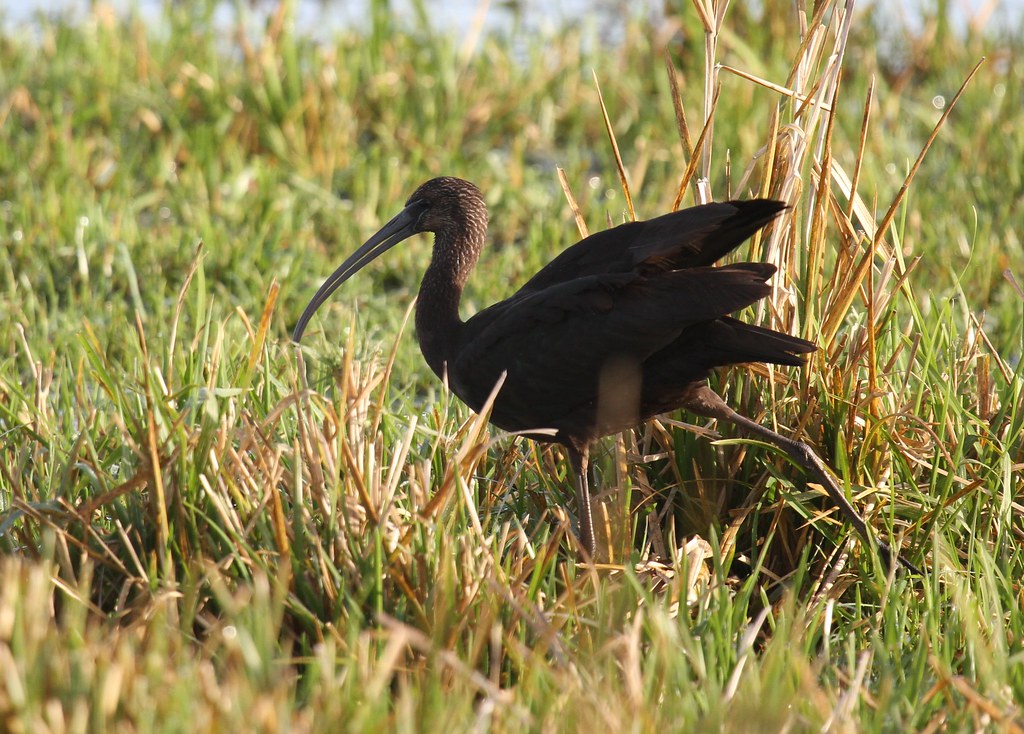


.jpg)






.jpg)



.jpg)
.jpg)
.jpg)
.jpg)
.jpg)






.jpg)









